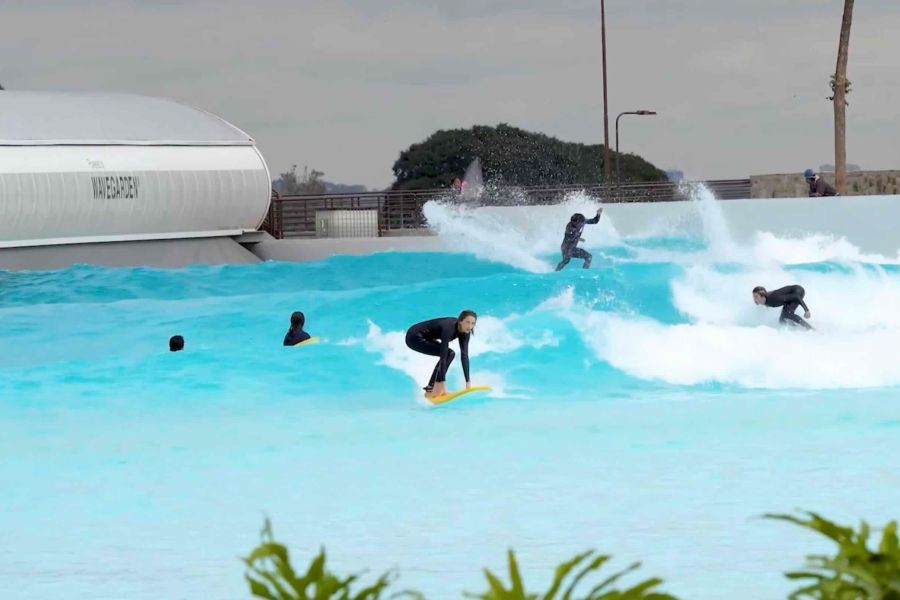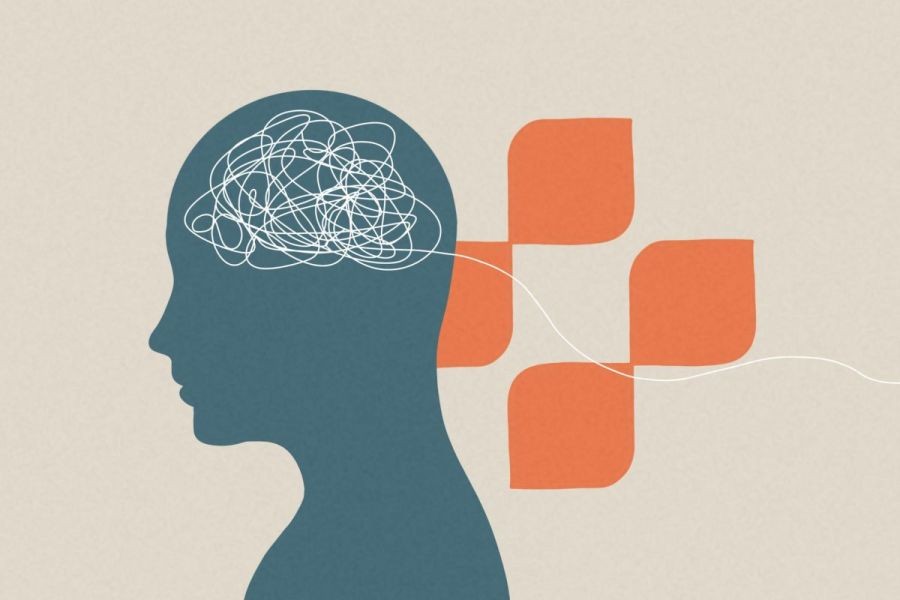In New Zealand, a nation renowned for its stunning coastlines and waterways, the tragic drowning of eight children in just one summer has cast a spotlight on the urgent need for enhanced water safety measures. This alarming statistic is more than just a wake-up call; it’s a crisis that demands immediate attention from policymakers, businesses, and communities alike. While New Zealanders cherish their outdoor lifestyle, the risk of water-related accidents poses a significant challenge that needs strategic intervention.
Understanding the Water Safety Crisis
To comprehend the gravity of the situation, it’s essential to delve deeper into the statistics. According to Water Safety New Zealand, drowning is the third highest cause of unintentional death in the country, with children being particularly vulnerable. The loss of eight young lives in a single summer underscores systemic issues that require a multidimensional approach to resolve.
Economic Implications of Drowning Incidents
The economic ramifications of drowning incidents extend beyond the immediate loss of life. Each accident triggers a cascade of costs, including emergency response, medical treatment, and long-term rehabilitation for survivors. A report by the Ministry of Business, Innovation and Employment (MBIE) highlights that water-related accidents contribute significantly to healthcare costs and productivity losses, impacting New Zealand’s economy.
Case Study: Improved Water Safety Measures in Sweden
Problem: Sweden, similar to New Zealand, faced high drowning rates among children, which became a national concern.
Action: The Swedish government implemented a comprehensive water safety program that included mandatory swimming lessons in schools and community awareness campaigns.
Result: Over five years, drowning incidents among children decreased by 40%, showcasing the effectiveness of a proactive approach.
Takeaway: New Zealand can draw valuable lessons from Sweden’s model by prioritizing educational initiatives and community engagement in water safety.
Debunking Common Myths About Water Safety
- Myth: "Drowning is always accompanied by loud shouting and splashing." Reality: Drowning is often silent and quick, making it crucial to maintain constant vigilance around water.
- Myth: "Only inexperienced swimmers are at risk." Reality: Even experienced swimmers can drown due to unexpected circumstances, emphasizing the need for safety measures for all skill levels.
- Myth: "Life jackets are uncomfortable and not necessary in shallow water." Reality: Life jackets significantly reduce the risk of drowning and should be worn in all water activities, regardless of depth.
Pros and Cons of Implementing Stricter Water Safety Regulations
Pros:
- Increased Safety: Stricter regulations would lead to a reduction in drowning incidents, saving lives.
- Economic Benefits: Reduced healthcare and emergency response costs would positively impact the economy.
- Community Awareness: Enhanced regulations would raise awareness and encourage community participation in safety practices.
Cons:
- Implementation Costs: The initial investment for implementing new regulations could be substantial.
- Resistance to Change: Some communities may resist stricter regulations due to perceived inconvenience.
Future Trends in Water Safety Initiatives
As New Zealand grapples with its water safety challenges, the future holds promising trends that could reshape the landscape. Innovative technologies such as AI-driven surveillance systems and smart life jackets are being developed to enhance safety. A report by NZTech predicts that by 2028, these technologies could reduce drowning incidents by up to 30%, offering a glimpse into a safer future.
Conclusion
The tragic loss of eight children in one summer serves as a stark reminder of the urgent need for enhanced water safety measures in New Zealand. By learning from global examples, debunking myths, and embracing future trends, New Zealand can pave the way for a safer environment. What are your thoughts on the next steps for enhancing water safety in New Zealand? Share your insights below!
People Also Ask
How does water safety impact New Zealand’s economy?Water safety incidents contribute to significant healthcare and productivity costs, affecting economic stability.
What are the biggest misconceptions about water safety?A common myth is that drowning is noisy and noticeable; however, it is often silent and quick.
Related Search Queries
- Water safety initiatives in New Zealand
- Economic impact of drowning incidents
- Global water safety strategies
- Technological advancements in water safety
- Community involvement in water safety education































omermawby37462
1 month ago